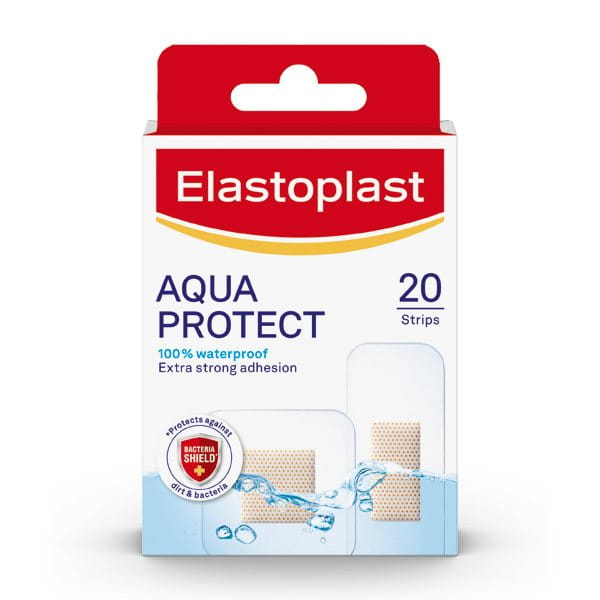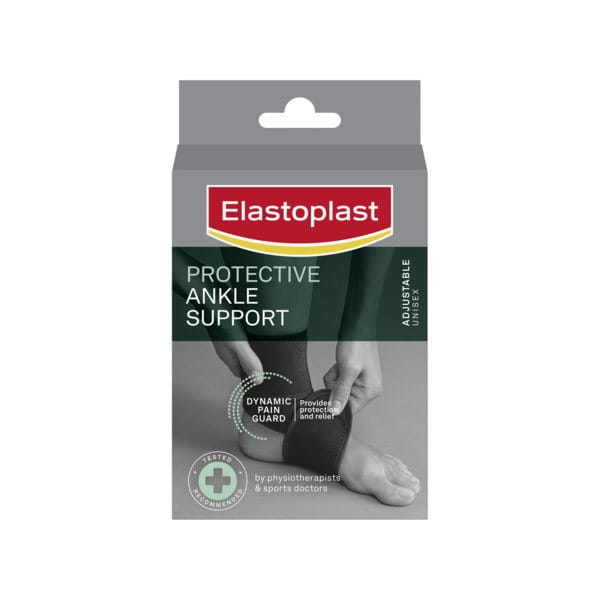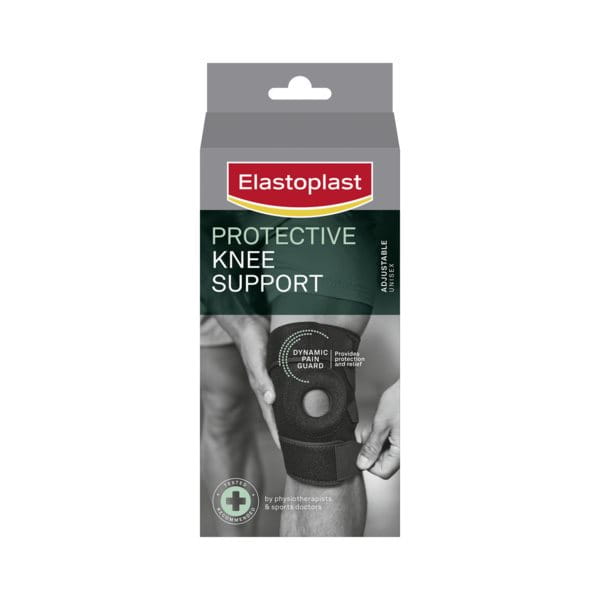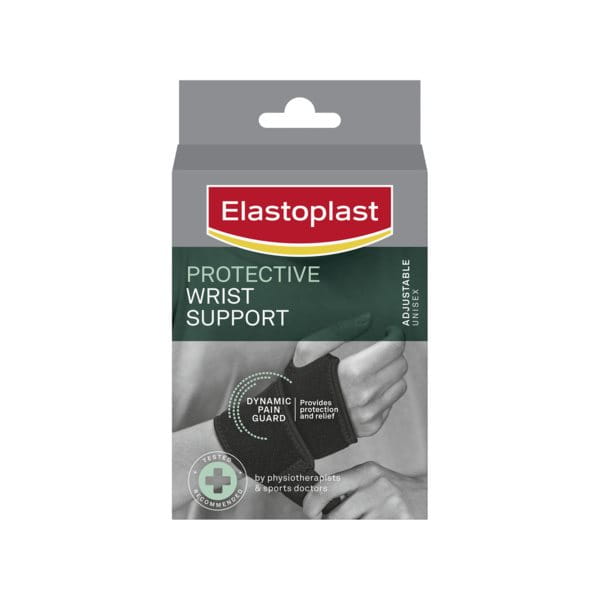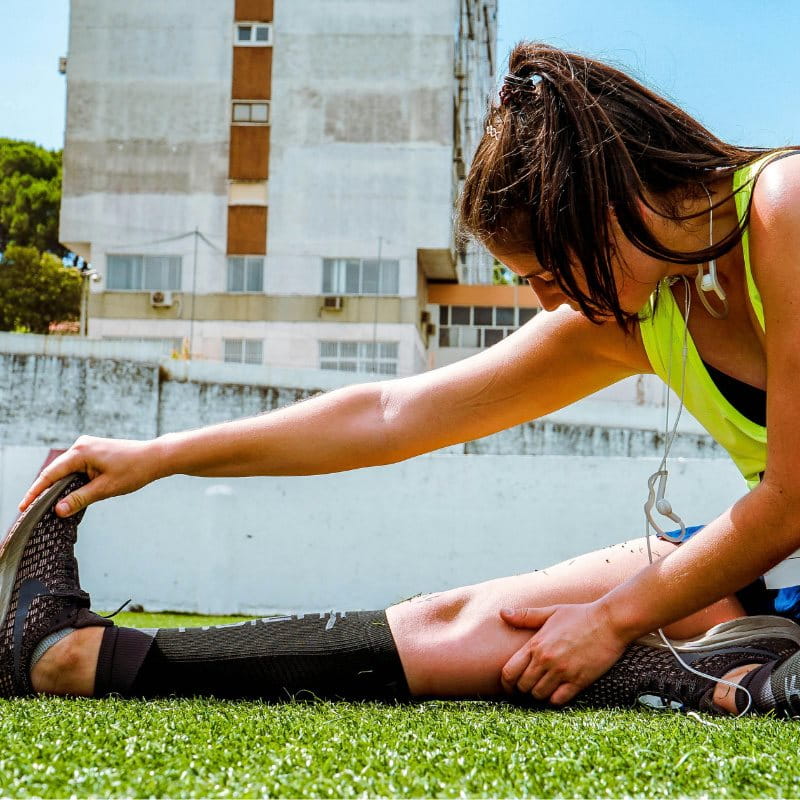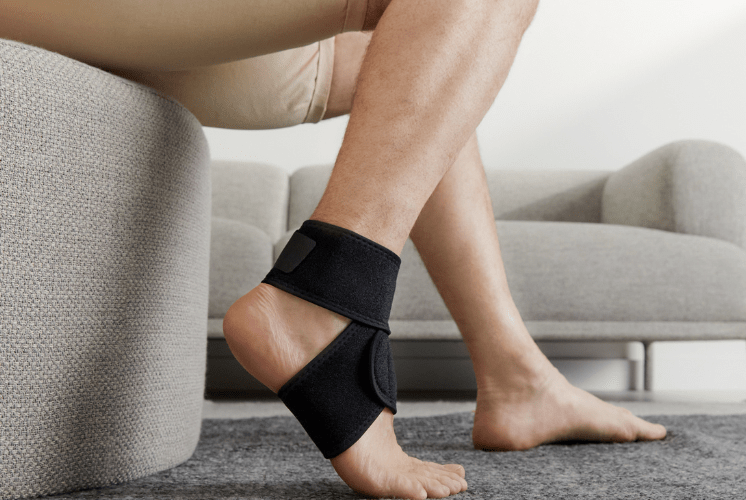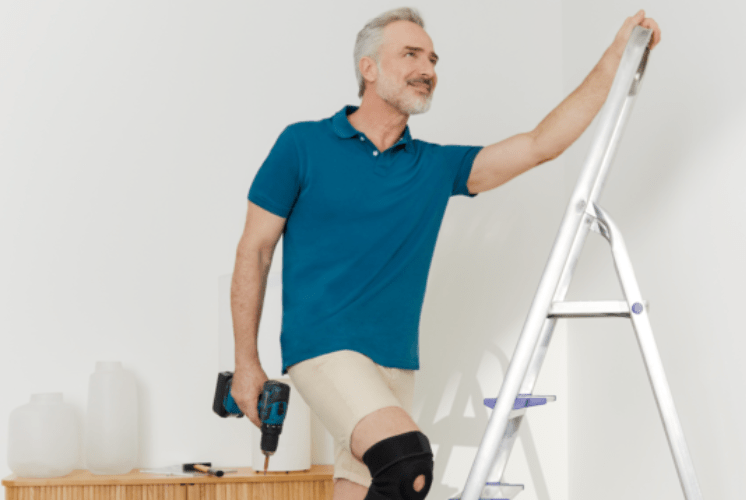When a joint is forced out of its normal position due to a fall, sudden twist, or a blow to the body, a sprain happens. This action stretches or tears one or more ligaments beyond their normal range of movement, causing injury. Common causes of sprains include:
- Twisting or rolling a joint awkwardly, such as turning your ankle while walking or running
- Falling and landing on an outstretched hand or foot
- Sudden impact or collision during sports or physical activities
- Overstretching a joint beyond its normal range of motion
- Repetitive stress on a joint without proper rest
Strains occur when muscles or tendons are overstretched, torn, or overused. It often develops after repetitive or prolonged use of muscles, leading to injury over time. Typical causes of strains include:
- Lifting heavy objects incorrectly or with sudden force
- Overusing muscles during repetitive activities or sports
- Sudden twisting or pulling movements
- Poor flexibility or inadequate warm-up before exercise
- Muscle fatigue that causes improper movement or injury
Whether you are dealing with a sprain or strain, recognising the symptoms early and understanding the cause of the injury is important for managing it effectively. Once identified, proper treatment can help reduce pain, support healing, and prevent further complications.
